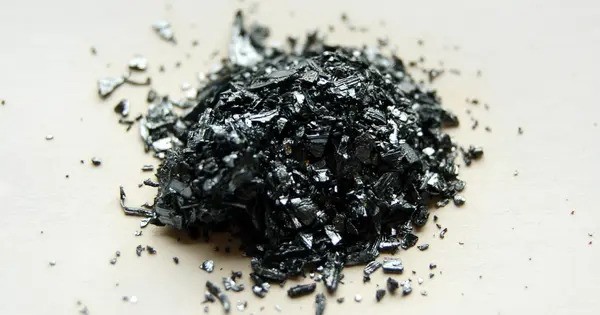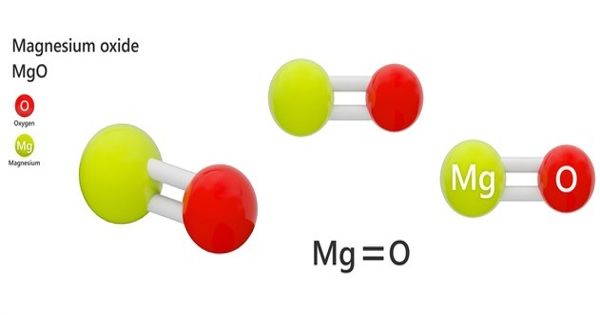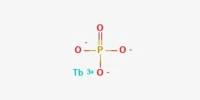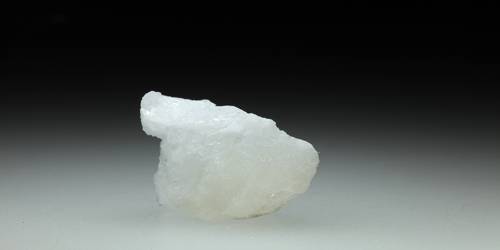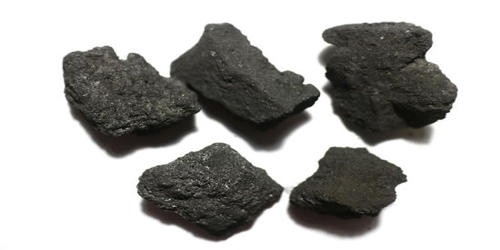Radium iodide is an inorganic compound of radium and iodine with the chemical formula RaI2. It is typically a white to pale yellow solid. However, as a radioactive compound, its color may change slightly due to radiation-induced effects. It is the radium salt of hydrogen iodide, consisting of radium cations Ra2+ and iodide anions I−.
Due to its radioactive nature, radium iodide is highly toxic. Exposure can lead to radiation poisoning, which can cause a variety of health issues including bone cancer, anemia, and other serious conditions.
Properties
Radium iodide is generally soluble in water to some extent, and this solubility can be affected by the concentration of iodide ions in the solution. It is relatively stable, but it can decompose upon exposure to high temperatures or in certain chemical environments. Due to its radioactivity, it can also pose significant risks if not handled carefully.
- Chemical formula: RaI2
- Molar mass: 480 g·mol−1
- Appearance: yellow solid
- Density: 5.83 g/cm3
- Solubility in water: soluble
Synthesis
The salt is synthesized by the reaction of radium carbonate with hydroiodic acid:
RaCO3 + 2 HI(aq) → RaI2 + H2O + CO2
Natural Occurrence
Radium iodide does not occur naturally in significant quantities. However, radium (Ra) itself is naturally present in trace amounts in uranium and thorium ores. Radium can combine with other elements to form compounds such as radium iodide in laboratory conditions.
Laboratory Synthesis
Radium iodide is typically synthesized in the laboratory, as it is not found in natural mineral deposits in pure form. It is prepared by reacting radium salts with hydroiodic acid (HI) or iodine.
Historical Use
In the early 20th century, radium was used in a variety of applications, including in the production of radioactive medical treatments, and for self-luminous paints. Radium iodide, due to its radioactivity, would have been used in similar research, though its application has been mostly discontinued due to the hazards associated with radium’s radioactivity.
Modern Use
Radium compounds, including iodide, are rarely used in modern times due to the dangers posed by their radioactivity. They have been largely replaced by safer alternatives for most applications.
Safety Considerations
Due to its radioactivity, radium iodide is extremely dangerous. Handling it requires proper safety protocols, including the use of lead shielding, radiation detection equipment, and controlled environments. It is no longer widely used for industrial or medical purposes due to the long-term health risks associated with exposure to radioactive materials.
